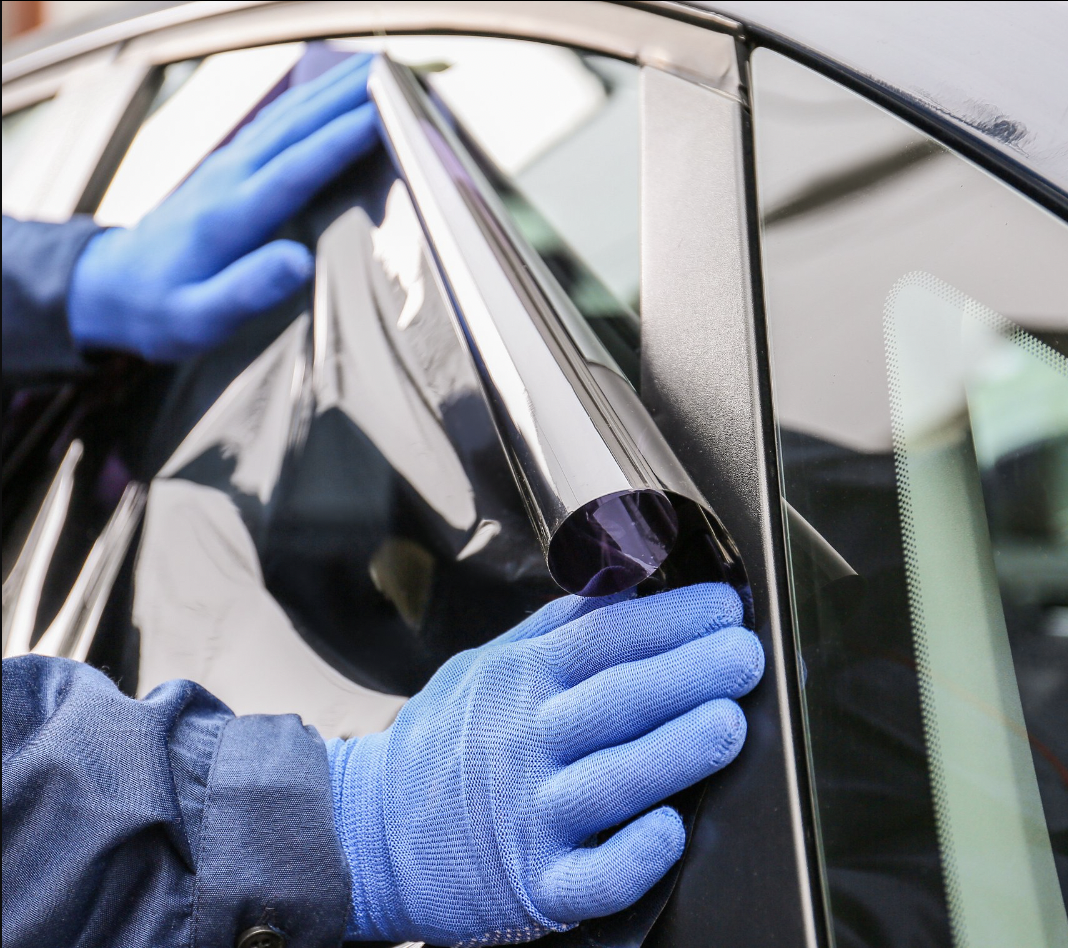Top 5 Benefits of Automotive Window Tinting
Automotive window tinting is more than just a sleek aesthetic upgrade—it’s a protective investment for your vehicle, your comfort, and even your health. As technologies evolve and climates become more extreme, more car owners are choosing high-performance window tints to enhance their driving experience and preserve their vehicle's longevity. Here are the top five benefits of car window tinting, every vehicle owner should consider.
Why Window Tinting is More Than Just Style
Functional vs Aesthetic Advantages
While tinted windows undeniably enhance the look of any car, the true value lies in their functionality. Today’s window films are designed with advanced materials like ceramic nanoparticles and multiple layers that do more than just darken the glass. They block UV rays, reduce heat, improve visibility, and enhance safety. The blend of form and function makes tinting a wise decision for both new and older vehicles.
Vehicle Protection Trends in 2025
With rising awareness of climate change and extreme weather, automotive protection trends in 2025 focus heavily on sustainability and durability. High-performance tints that offer UV and infrared protection are leading the charge, not just for comfort, but also for reducing environmental impact by lowering air conditioning usage and improving energy efficiency.
UV Protection – Shielding You and Your Interior
Health Benefits of Blocking Harmful UV Rays
According to the Skin Cancer Foundation, prolonged exposure to UV rays while driving can significantly increase the risk of skin cancer and premature aging. Quality automotive tints block up to 99% of harmful UV radiation, acting as a shield for both drivers and passengers. For those who spend long hours on the road, this layer of protection is essential.
Preventing Interior Fading and Cracking
UV rays don’t just harm skin—they also degrade your vehicle’s interior. Leather seats, vinyl dashboards, and fabric trims can fade, crack, or warp under direct sunlight. Window tinting significantly slows this process, preserving your cabin’s aesthetics and preventing costly interior repairs.
Heat Reduction for a Cooler Cabin
How Tint Reduces Internal Temperature
When sunlight enters your vehicle, infrared rays heat up the interior rapidly. High-grade tints—especially ceramic ones—block a large portion of this infrared heat, lowering cabin temperatures by up to 60%. This makes your car significantly cooler upon entry, especially during summer.
Energy Savings on AC Usage
Lower interior temperatures mean you won’t need to blast the AC as much or as often. This translates into better fuel economy, reduced engine strain, and a smaller carbon footprint. According to the EPA, measures like window tinting that reduce heat gain also help mitigate the urban heat island effect.
Glare Reduction for Safer Driving
Improved Visibility During Day and Dusk
Glare from the sun or headlights can temporarily blind drivers and cause dangerous driving conditions. Window tints filter out excessive light while maintaining visibility, especially during sunrise, sunset, or when facing reflective surfaces like wet roads.
Reduced Eye Strain for Drivers
Long drives under intense sunlight can cause eye fatigue. By reducing glare and excessive brightness, tints offer a more comfortable visual environment, reducing the strain on your eyes and allowing for more relaxed driving.
Enhanced Privacy & Theft Deterrence
Concealing Valuables from Outsiders
One of the simplest theft deterrents is obscurity. Tinted windows make it difficult for outsiders to see what’s inside your vehicle, reducing the likelihood of opportunistic break-ins. Whether it's electronics, bags, or other valuables, tinting offers an added layer of concealment.
Peace of Mind in Urban Parking Areas
In high-traffic urban zones, where parking spots are often public and vulnerable, tinted windows give car owners peace of mind. When strangers can’t peer inside your vehicle, it minimizes temptation and potential vandalism.
Preserving Vehicle Interior & Upholstery
Protecting Leather, Vinyl, and Dashboards
Direct sunlight can cause leather to dry and crack, vinyl to discolor, and dashboards to warp. Quality window tinting protects these surfaces by blocking UV and infrared rays, which are the main culprits behind material degradation.
Extending the Car’s Resale Value
A well-maintained interior significantly increases a car’s resale or trade-in value. Buyers are more likely to pay a premium for a vehicle with a clean, undamaged interior. Tinting is a small investment that helps maintain that value over time.
Types of Tints That Maximize Benefits
Ceramic vs Dyed vs Metalized Tints
Ceramic Tints: Top-tier performance. Blocks heat and UV without reducing visibility or signal interference.
Metalized Tints: Offers strong UV protection but may interfere with GPS, radio, or cell signals.
Dyed Tints: Most affordable but provides limited heat reduction and can fade over time.
Professional Installation vs DIY
Film Quality Differences
DIY kits often use low-grade film that peels, bubbles, or discolors within months. Professionals like Big Sky Tint use premium films, precision tools, and years of expertise to ensure seamless application with maximum longevity.
Cost vs Long-Term Benefits
While DIY may seem cost-effective, professionally installed tints last longer, look better, and come with warranties. Over the lifespan of the tint, professional installation offers far superior value and satisfaction.
Automotive window tinting is one of the smartest upgrades a car owner can make—offering immediate comfort, long-term protection, and added resale value. From shielding against harmful UV rays to enhancing privacy and preserving your car’s interior, window tints do far more than improve appearance.

